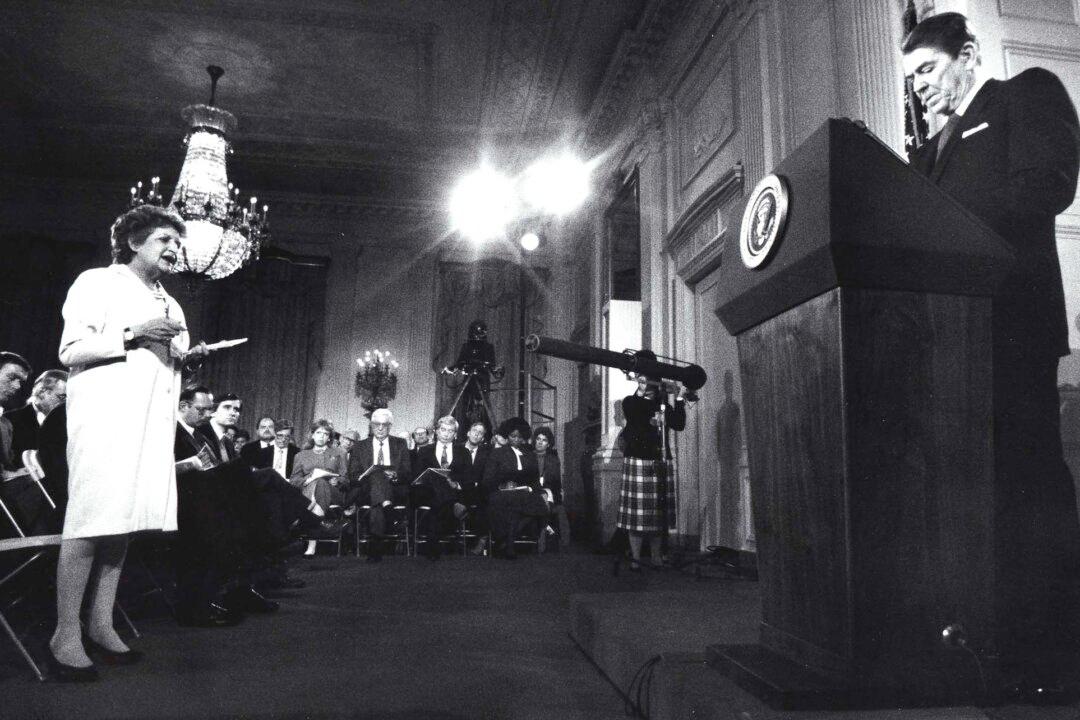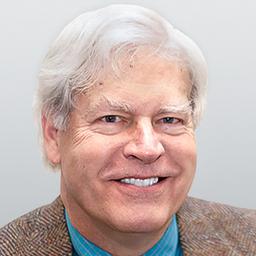Commentary
Fake news has been around for a long time. Mark Twain once quipped, “Those who do not read newspapers are uninformed; those who do read newspapers are misinformed.”


Fake news has been around for a long time. Mark Twain once quipped, “Those who do not read newspapers are uninformed; those who do read newspapers are misinformed.”